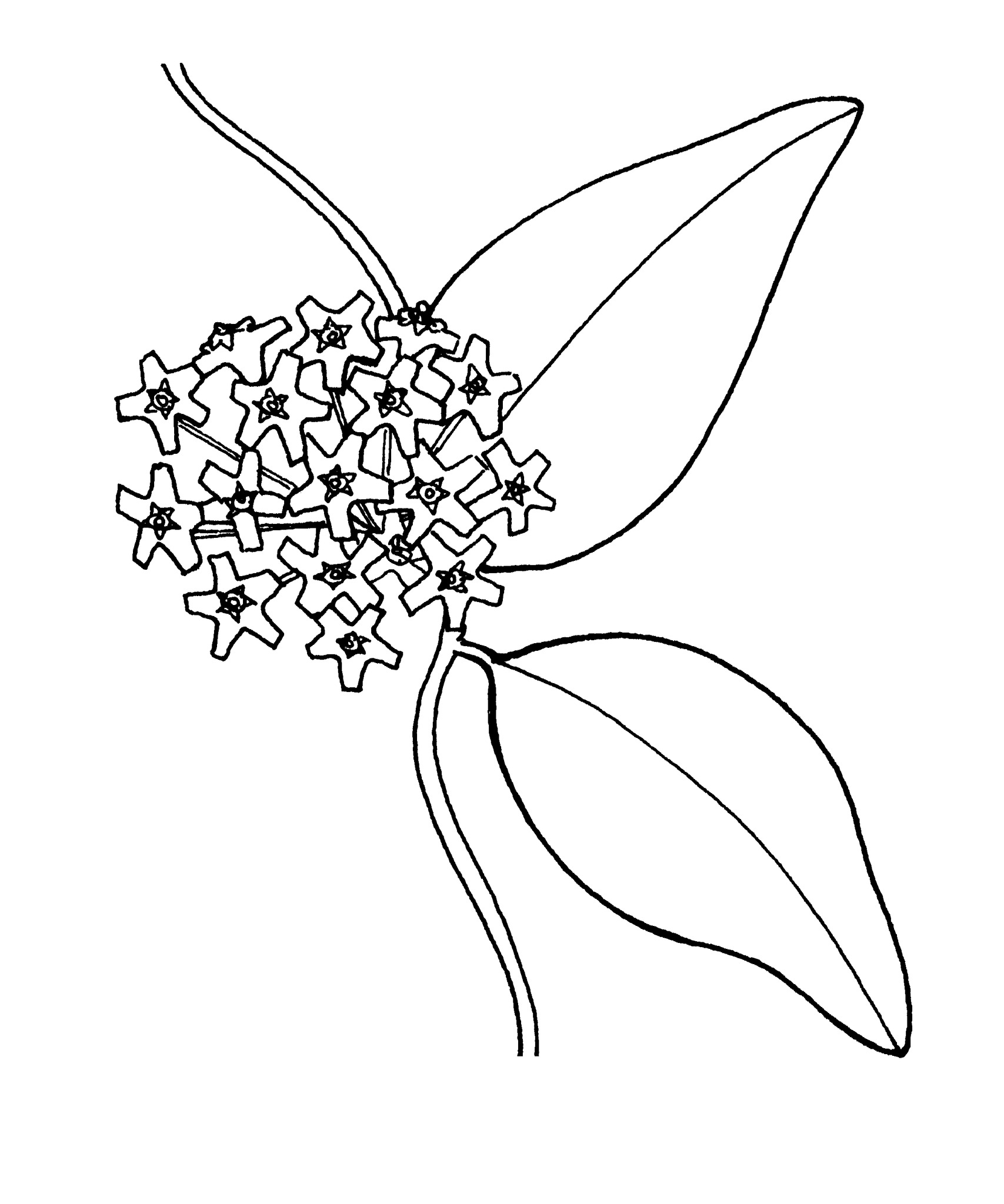
Commemorating Thomas Hoy (1788–1809), gardener for the Duke of Northumberland.
Epiphytic or lithophytic twiners or subshrubs with clear or white latex, stems sometimes hairy. Leaves well developed; mucilage glands present. Corolla bell-shaped or wheel-like, hairless or with short, generally glandular hairs; tube usually short; lobes usually free at tips, valvate. Annular, corolline and interstaminal coronas absent; staminal corona of 5 lobes with inrolled keels. Follicles tapering to each end. Seeds with tuft of hair at one end.
This genus is well known in cultivation, with probably more than 200 species cultivated by specialist collectors. Most species have attractive flowers that are often sweetly scented (particularly at dusk). Many species have attractive foliage.About 37 species (as well as a number of cultivars) are common and widespread in cultivation in SE Australia.
Cuttings or rarely seed.
Staminal corona lobes with inrolled keels on outer edge.
Over 300 species in Asia, Malesia, Melanesia and Australia (7 species). Major concentrations of species are found in New Guinea, the Philippines and the Malay Peninsula.
Rintz (1978), Innes (1988), Kloppenburg (1991), Kloppenburg &Wayman (1992), Forster & Liddle (1996b), Forster (1999b).
Source: (2002). Hoya. In: . Horticultural Flora of South-eastern Australia. Volume 4. Flowering plants. Dicotyledons. Part 3. The identification of garden and cultivated plants. University of New South Wales Press.
